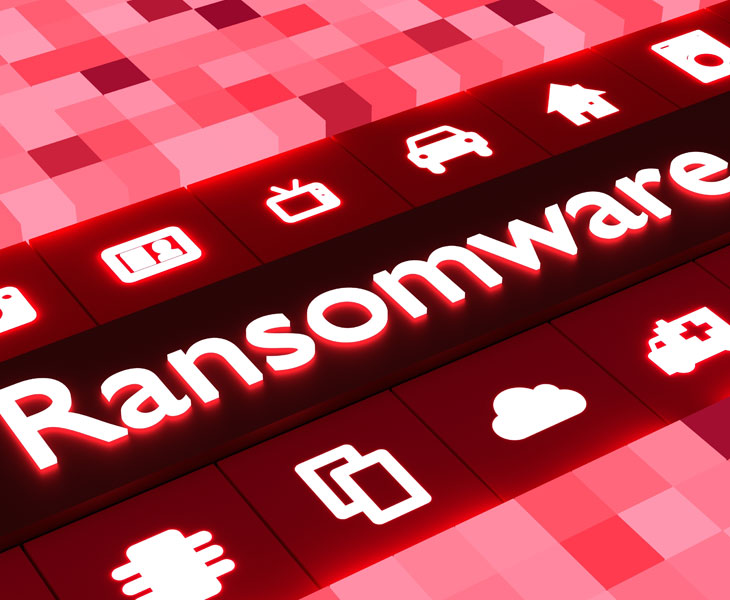
Getting infected by ransomware is extremely alarming but panicking will only make it worse! If you see a notification on your screen that says the computer is locked or your files are encrypted, don’t start clicking on anything. Take a step back and see your options. There are numerous steps that can help you gain control of your system (Windows) and files before you decide to pay the ransom.
P.S If you are a part of an organization and a victim of a ransomware attack, then we recommend getting a full-fledged Root Cause Analysis done on your system. This will avoid a second attack from the hacker on the compromised machine. Please visit www.dic-uk.com or contact us via +44 (0)203 130 1723 contact@dic-uk.com for a Root Cause Analysis to best help your business.

You will have to find out if you’ve been struck by encrypting ransomware, screen-locking ransomware, or something that is pretending to be ransomware. Check if you can still access your files on the desktop or in My Documents folder.
It is a screen-locking ransomware if you cannot pass the ransom note on your screen or the note claims to be from a government security agency accusing you looking at pornography or filing false taxes and asks for a “Fine” (which isn’t half-bad).
It is an encrypting ransomware If you are able to browse through directories or applications but are unable to open office files, media files or emails (which is scary).
It is a fake ransomware attack if you can both explore the system and read most of your files. Just ignore the ransom note in this case because someone is toying with you to get some money. In such a situation, try closing your web browser. If you can’t, press the CONTROL, SHIFT and ESC keys at the same time to open TASK MANAGER. Choose the APPLICATION tab, right-click on the Browser Application and click on END TASK.
Keep in mind that if it’s a screen-locking ransomware, DON’T PAY THE RANSOM. Most security experts including Microsoft advise against paying the ransom because there is no guarantee that you’ll get your files back after paying. This only encourages more attacks.
On the other hand, if you need to recover business, medical or legal documents, family photos or other important files, paying a small amount may be a possible option because sometimes ransomware criminals unlock the files after receiving the ransom. We’d suggest staying neutral to the situation and decide accordingly depending on the impact.
Bear in mind that this is the most common and most harmful kind of ransomware, so implement these steps in the same order.
To find out more please visit www.dic-uk.com or contact us via +44 (0)203 130 1723 contact@dic-uk.com
Although screen-locking ransomware isn’t as frequent as it was a few years ago, it still comes up now and again. Follow these steps to deal with it.
Don’t wait for things to get worse if you cannot figure out how to deal with ransomware on your own. Call us straight away on our hotline +44 7771 102 970
We provide 24×7 ransomware and malware support!
Copyright @2022 DIC UAE. All Rights Reserved.